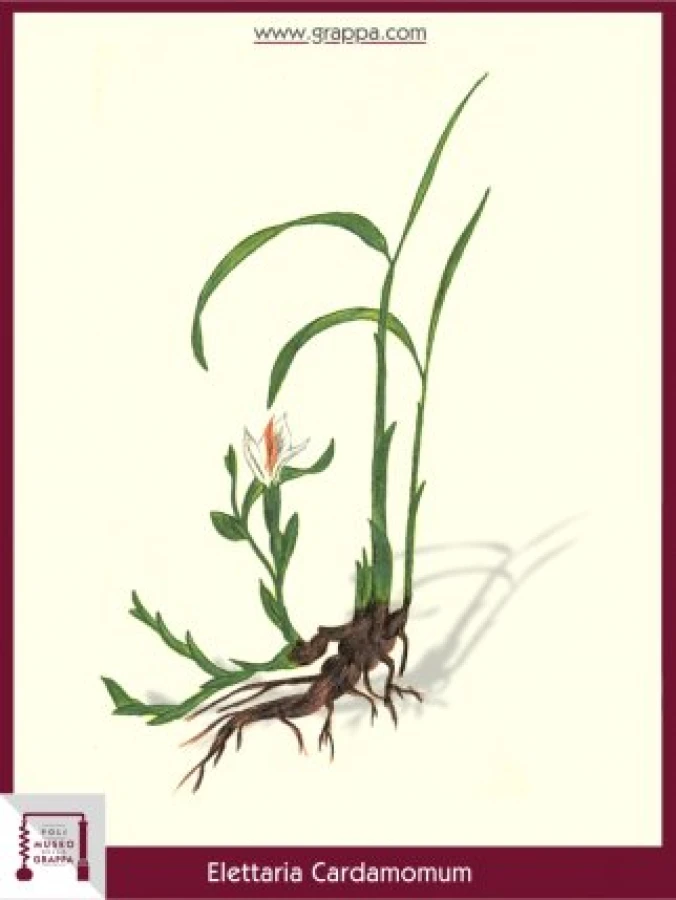Refined digestive
Green or True Cardamom)
Refined digestive
Plant:
Green or True Cardamom)
Plant Part:
seed
Plant Properties:
digestive, diuretic, relieving flatulence, stimulating, stomachic expectorant, eupeptic, eases atony, corrective, flavoring, antidepressant
Description:
Around 170 AD, a spice called Amomum was recorded in the Customs Register of Spices, which was imported from India. This confirms the somewhat obscure testimony of Theophrast and Pliny that this spice, together with others such as pepper and ginger, had arrived in Rome and Athens.
It is the famous Seed of the true cardamom (Elettaria cardamomum), a herbaceous plant with large lance-shaped leaves and fruit capsules with seeds, which grows in western India, where it is widely cultivated.
The use of cardamom seeds has always been associated with diet, in particular with the aim of improving the food taste. However, they are also extensively used in pharmacy as a corrective.
Also famous are the "bitters" based on those seeds, which give to spirits and alcohol-free beverages an indisputably pleasant taste.
A Grappa flavored with cardamom will therefore assume a fine and warm aroma and a straw yellow color.
Ingredients:
- a handful of cardamom seeds
- 1 liter Grappa
Preparation:
A handful of seeds are placed in a liter of Grappa for two months in a sunny place.


